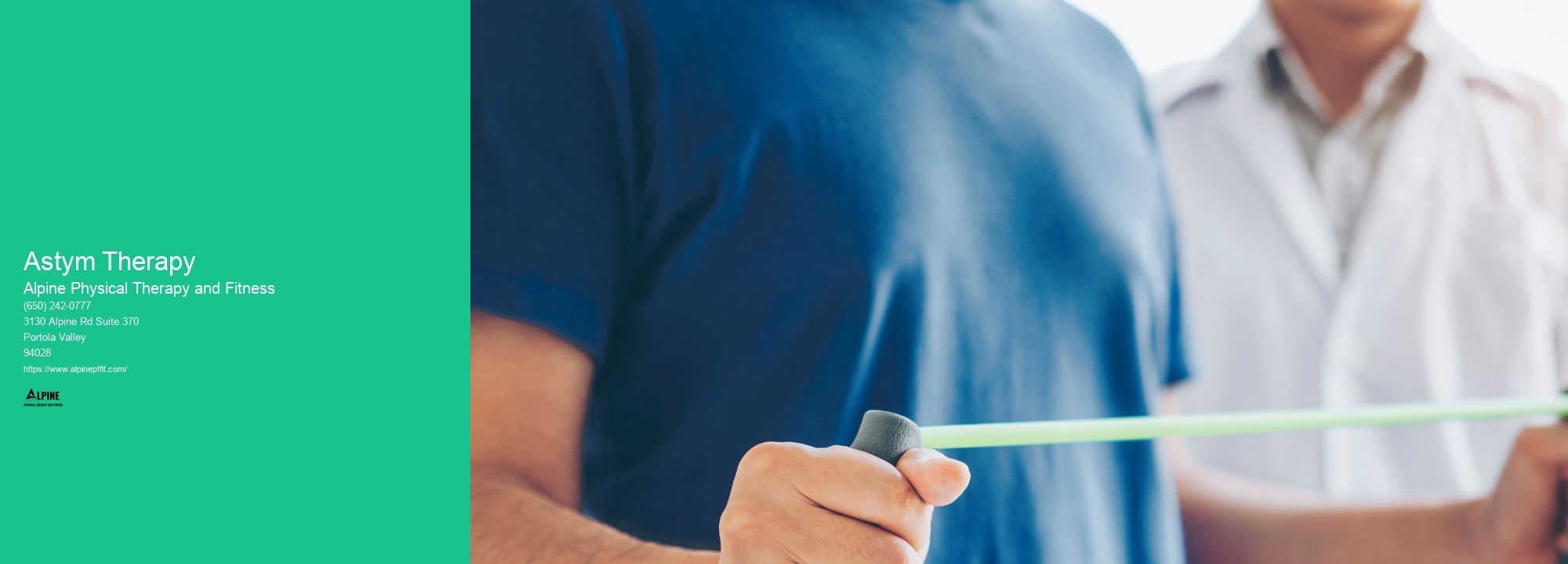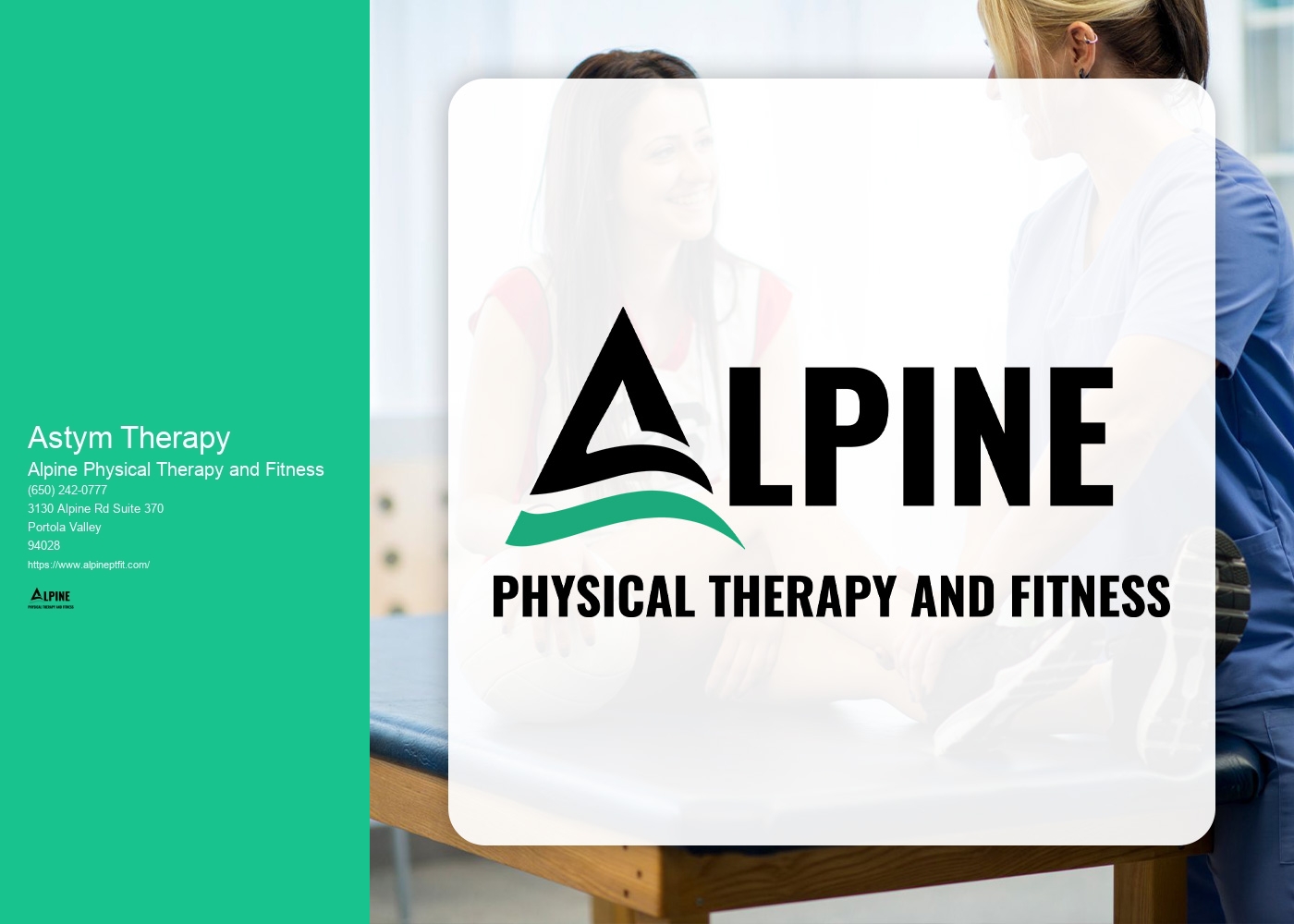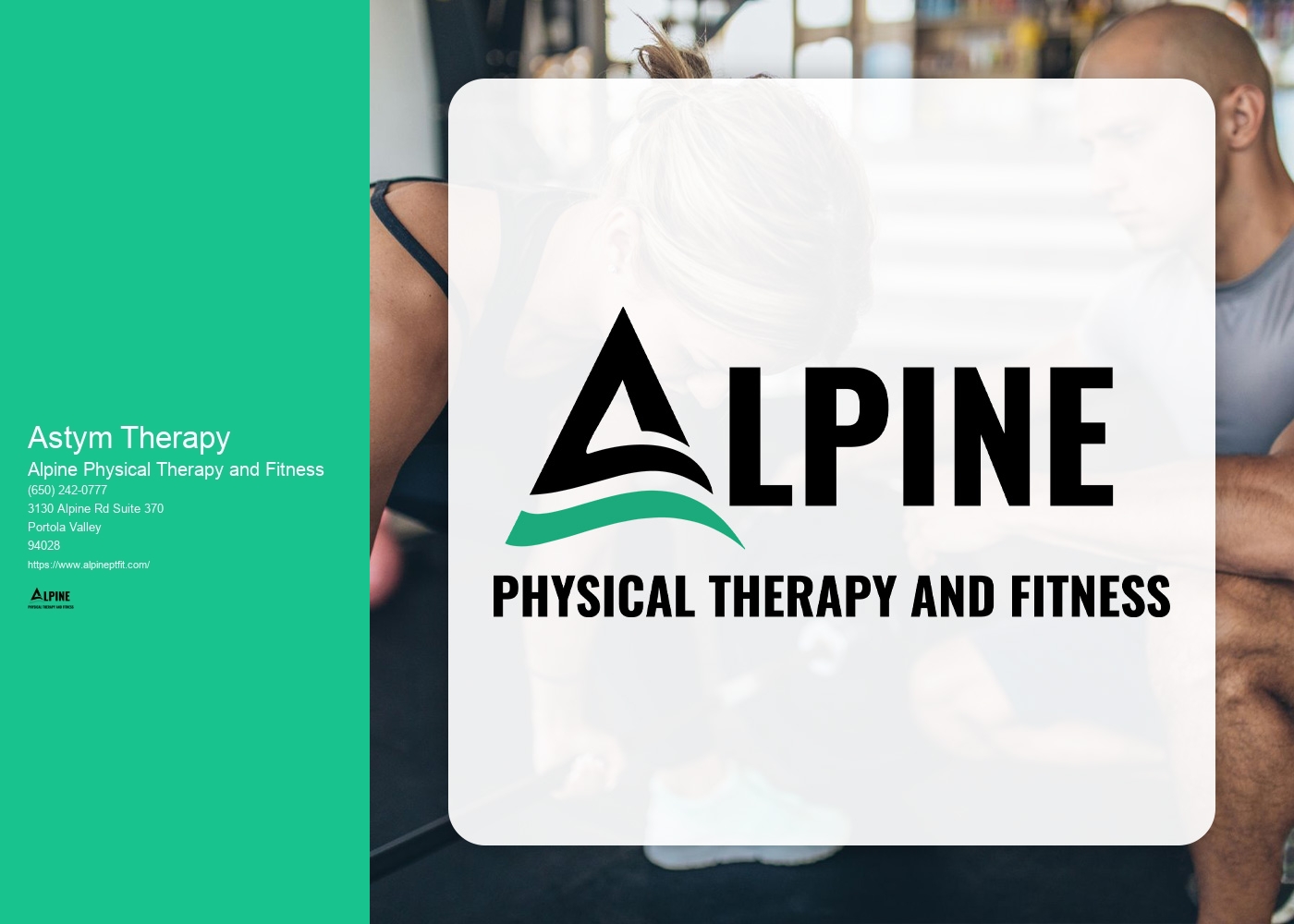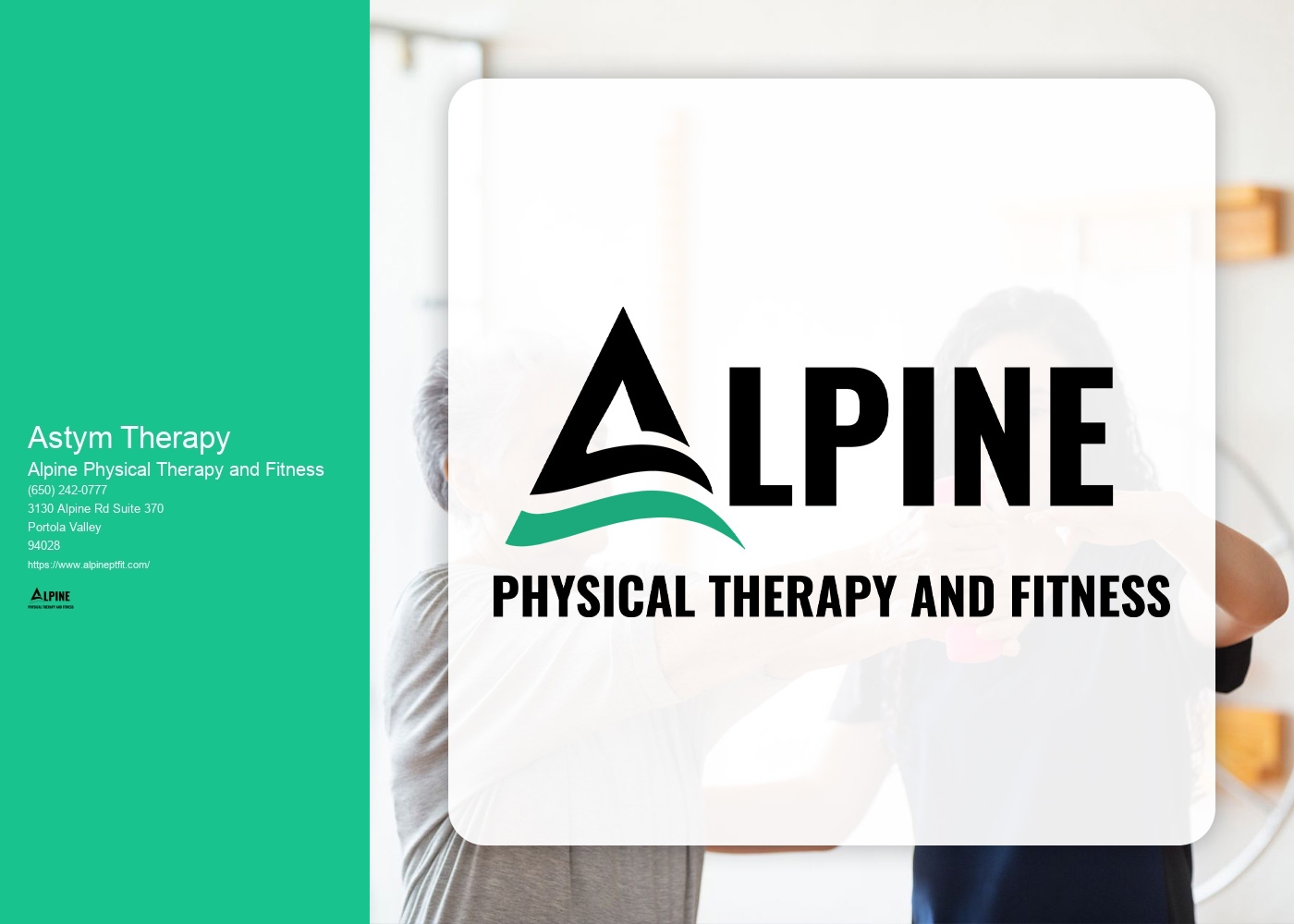

Astym Therapy is a specialized form of manual therapy that is used to treat soft tissue injuries and chronic pain. It is a non-invasive treatment that focuses on stimulating the body's natural healing process. The therapy involves the use of specific instruments to apply pressure and friction to the affected area, which helps to break down scar tissue and promote the regeneration of healthy tissue. Astym Therapy is often used in conjunction with other treatments, such as exercise and stretching, to optimize results.
Astym Therapy works by targeting the underlying cause of pain and dysfunction in the soft tissues. The instruments used in the therapy are designed to detect and treat areas of scar tissue and fibrosis. The therapist will use the instruments to apply pressure and friction along the length of the affected tissue, which helps to break down scar tissue and stimulate the body's healing response. This process promotes the regeneration of healthy tissue and improves the overall function of the soft tissues.
Astym Therapy can be used to treat a wide range of conditions, including tendinitis, plantar fasciitis, carpal tunnel syndrome, tennis elbow, and chronic muscle pain. It is particularly effective for conditions that involve scar tissue and fibrosis, as it helps to break down these adhesions and promote the regeneration of healthy tissue. Astym Therapy can also be used to improve range of motion, reduce pain, and enhance overall function in the affected area.

Astym Therapy is generally not painful. The pressure and friction applied during the therapy may cause some discomfort, but it should not be unbearable. The therapist will work with the patient to ensure that the treatment is within their comfort level. Some patients may experience mild soreness or bruising after the therapy, but this is usually temporary and resolves on its own.
The duration of an Astym Therapy session can vary depending on the specific needs of the patient and the area being treated. On average, a session can last between 30 to 60 minutes. The therapist will assess the patient's condition and develop a treatment plan that includes the appropriate duration and frequency of sessions.

The number of Astym Therapy sessions needed will depend on the individual and the severity of their condition. In general, patients may require anywhere from 4 to 12 sessions to achieve optimal results. The therapist will monitor the patient's progress and adjust the treatment plan as necessary to ensure the best outcome.
There are typically no serious side effects associated with Astym Therapy. Some patients may experience mild soreness or bruising in the treated area, but this is usually temporary and resolves on its own. It is important for patients to communicate any discomfort or concerns to their therapist, who can make adjustments to the treatment as needed. Overall, Astym Therapy is a safe and effective treatment option for soft tissue injuries and chronic pain.

Physical therapy has been shown to be effective in improving gross motor skills in premature infants. Premature infants often experience delays in their motor development due to their early birth and underdeveloped muscles. Physical therapy interventions, such as therapeutic exercises, stretching, and positioning techniques, can help promote the development of gross motor skills in these infants. By targeting specific muscle groups and providing appropriate stimulation, physical therapists can help premature infants improve their strength, coordination, balance, and overall motor function. Additionally, physical therapy can also help prevent or minimize the risk of long-term motor impairments in premature infants.
Yes, there are specialized therapies available for children with cerebral palsy. These therapies are designed to address the specific needs and challenges faced by children with this condition. Some of the specialized therapies include physical therapy, occupational therapy, speech therapy, and aquatic therapy. Physical therapy focuses on improving mobility, strength, and coordination through exercises and stretches. Occupational therapy helps children develop skills for daily activities such as dressing, eating, and writing. Speech therapy aims to improve communication skills, including speech and language development. Aquatic therapy utilizes the properties of water to provide a low-impact environment for movement and exercise. These specialized therapies are tailored to the individual needs of each child with cerebral palsy, helping them improve their quality of life and reach their full potential.
Physical therapy plays a crucial role in managing hip labral tears by providing targeted exercises and interventions to improve pain, mobility, and function. The therapist will design a personalized treatment plan that may include manual therapy techniques such as joint mobilizations and soft tissue mobilizations to reduce pain and improve joint mechanics. They may also incorporate therapeutic exercises to strengthen the surrounding muscles, improve stability, and restore normal movement patterns. Additionally, physical therapy may involve modalities such as heat or ice therapy, electrical stimulation, and ultrasound to further alleviate pain and promote healing. By addressing the underlying causes and symptoms of hip labral tears, physical therapy can help individuals regain optimal hip function and prevent future injuries.
The process of rehabilitating an athlete after an ACL tear involves a comprehensive and structured approach to ensure a safe and effective recovery. The first step is typically focused on reducing pain and swelling through the use of ice, compression, and elevation. Physical therapy plays a crucial role in the rehabilitation process, with exercises aimed at improving range of motion, strength, and stability of the knee joint. These exercises may include quadriceps and hamstring strengthening, balance and proprioception training, and functional movements specific to the athlete's sport. Gradually, the athlete will progress to more advanced exercises, such as plyometrics and agility drills, to restore power and agility. Throughout the rehabilitation process, close monitoring and regular assessments are conducted to track progress and make any necessary adjustments to the treatment plan. Additionally, a gradual return to sport protocol is implemented to ensure the athlete is ready to safely resume their athletic activities. This may involve sport-specific training, simulated game situations, and a focus on mental readiness. Overall, the rehabilitation process after an ACL tear requires patience, dedication, and collaboration between the athlete, medical professionals, and coaches to achieve optimal outcomes.